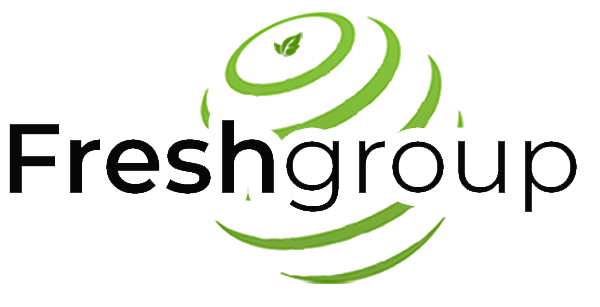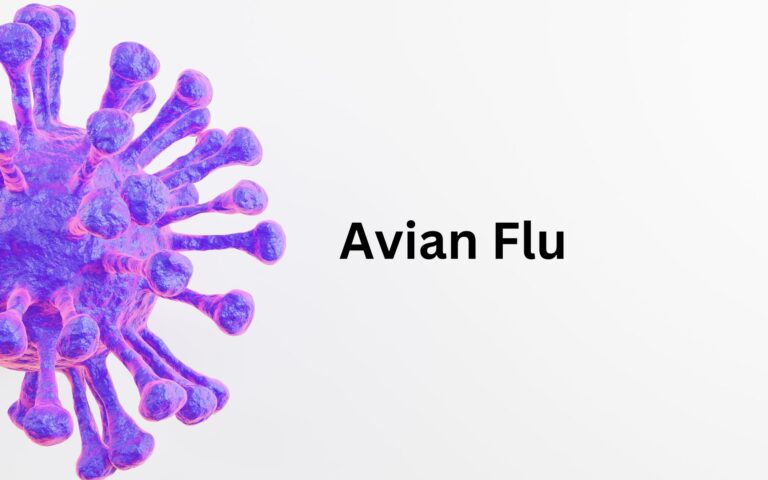The World Health Organization (WHO) has issued guidance to assist countries in implementing risk-based food inspection systems, aiming to enhance efficiency and modernize approaches to food safety. This method focuses on identifying and addressing high-risk food products and businesses, aiming to prevent foodborne illnesses by evaluating risk factors and control measures’ effectiveness.
In the Western Pacific region, with over 125 million annual cases of foodborne diseases and more than 50,000 deaths, the need for effective inspection systems is critical.
Key steps in establishing a risk-based inspection system include defining scope, gathering information on food establishments and products, categorizing risks, and setting inspection frequencies accordingly. High-risk foods such as raw meat, fish, poultry, and milk require heightened attention.
Additionally, WHO Europe has renewed collaboration with the Technical University of Denmark to combat antimicrobial resistance (AMR) in foodborne pathogens. This partnership aims to enhance surveillance and response to AMR, crucial for understanding its origins, spread, and resistance patterns in foodborne diseases.
By utilizing advanced methods such as whole genome sequencing, scientists can pinpoint sources and transmission routes of resistant pathogens, aiding in the development of effective control strategies.
Dr. Danilo Lo Fo Wong emphasized the importance of strong partnerships in combating AMR, stating that collaboration with institutions like the DTU National Food Institute provides valuable evidence for guiding policy and improving surveillance systems globally.
Source: Food Safety News
Reach out to Fresh Group Food Safety And Quality Consulting for any inquiries related to food quality and safety.




